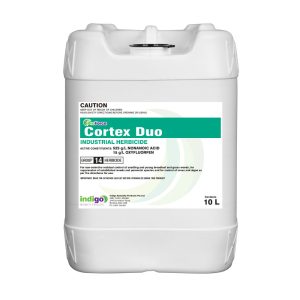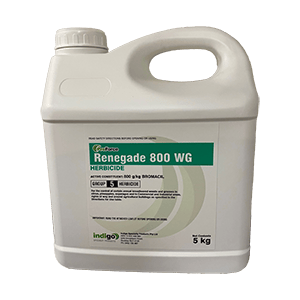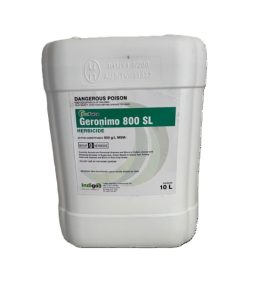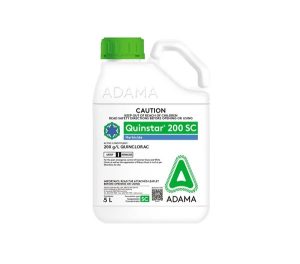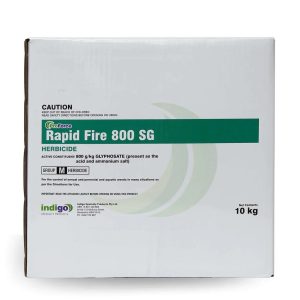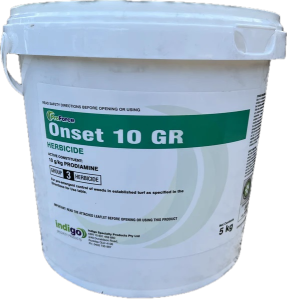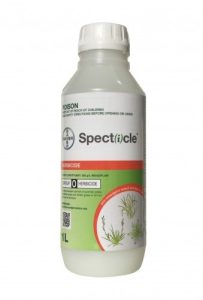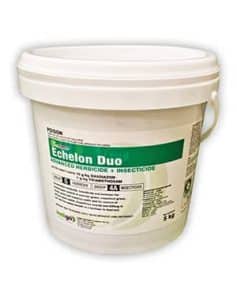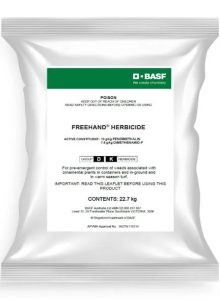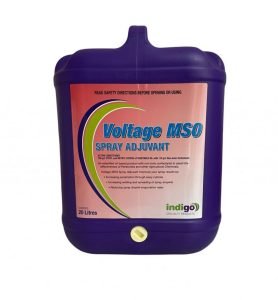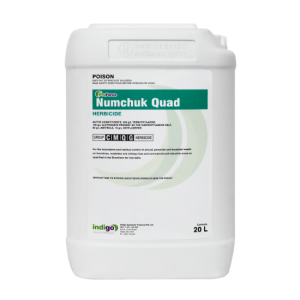Identification and Control of Digitaria sanguinalis (Summer grass).
Why is Summer Grass a Problem Weed?
- This is a problem weed because it’s a fast-growing, aggressive annual grass.
- It spreads rapidly by seeds and stolons, and crowds out desirable grass.
- It competes with turf for water, nutrients, and sunlight.
- Once it establishes, Summer grass is difficult to control.
Digitaria is a soil indicator of acid soils, and is a major problem on thin and weak sports fields and lawns.
How to Identify Summer Grass.
- Digitaria sanguinalis is a Summer annual weed grass. It has long, dark green narrow leaves and flat stems. These stems radiate out from the centre of the plant.
- The stems branch at the node, and form roots at these nodes.
- It has a membranous ligule and the sheaths at the leaf base have a light purple to a white colour.
Life Cycle of Summer Grass.
- Summer grass germinates when soil temperatures reach 12°C to 15°C at a 10 cm soil depth for 14 continuous hours.
- It emerges 2 to 3 weeks earlier than Crowsfoot Grass.
- In the Spring to very late Autumn, wet and dry cycles cause it to germinate.
- It germinates when there is no shade and there is good soil moisture present.
- Plants that germinate in the Autumn tend to have a short life, and hard frosts (e.g. Canberra) will kill them.
- You can see its seed heads all through the Spring, Summer and Autumn.
- The seed heads comprise several small, finger-like spikes, that radiate out from a central point, and have a cover of tiny black seeds.
- Digitaria sp spread from seed as well as stolons.
- The seeds remain dormant in the soil for several years.
Summary.
Classification: This is a monocot (grass) weed.
Photosynthetic Pathway:It is a C4 weed.
Height: Digitaria sanguinalis grows up to 30 cm tall.
Leaf Length: The leaves are 5 to 15 cm long.
Leaf Width: The leaves are 4 to 8 mm wide.
Comments: The leaves have a cover of coarse hairs.
Habitat: This weed grass has poor drought tolerance and grows in the full sun and in the shade. Its natural habitat is in sandy or sandy loam soils.
However, you often find Crabgrass next to driveways or pathways, and once it establishes it is tolerant of hot, dry, and compact soils.
How to Remove Summer Grass.
Cultural Control of Summer Grass.
- You can remove it by hand but it will come back if the turf cover is thin or there are bare patches.
- It’s important to feed your turf with the right turf fertilizer, and cut it at the right height..
- US work shows that if you mow couch at 50 mm vs 25 mm, you get a 10% decrease in Crabgrass at the higher height of cut.
- Correct nutrition encourages the turf grass to spread and outcompete this weed.
Chemical Control of Summer Grass.
- The key to manage Digitaria sanguinalis is to stop its seed production.
- Selective post-emergents are available, but your best option is to use a pre-emergent.
Summer Grass Germination.
- Digitaria sanguinalis germinates in the Spring when soil temperatures reach 13°C or the air temperature is >18°C for four or more days.
- Once the soil temperature reaches 13°C, Crabgrass germinates over the next 2 to 3 months.
Management Timeline.
Management Calendar for Summergrass | ||||||||||||
Month | Jan | Feb | Mar | Apr | May | Jun | Jul | Aug | Sep | Oct | Nov | Dec |
Germination | ||||||||||||
Flowering/Seeding | ||||||||||||
Pre Emergent Herbicide | when soil temperatures are consistently above 14C | |||||||||||
Post Emergent | ||||||||||||
Pre-emergent Control of Summer Grass.
Pre-emergent herbicides include granular products like:
- Onset 10GR.
- Echelon.
- Echelon Duo and
- BASF Freehand.
Liquid products include:
- Barricade.
- Pennmag.
- Dimension.
- Envu Specticle and
- Battalia 435.
Table of pre-emergent Herbicides.
Product | AI | FRAC Group | Rate per Ha | African Love grass | Annual Rye | Crabgrass | Creeping oxalis | Parramatta Grass | Paspalum | Summergrass | Winter Grass | Crowsfoot | White Clover | $ Cost / m2 | Longevity weeks |
Barricade | Prodiamine | 3 | 1 to 4 L | 143 to 572 | 24 | ||||||||||
Onset 10GR | Prodiamine | 3 | 50 to 150 Kg | 275 to 825 | 24 | ||||||||||
Echelon Duo | Oxadiazon | 14 | 300 to 400 Kg | 2100 to 2800 | 12 | ||||||||||
Dimension | Dithiopyr | 3 | 1.75 to 3.5L | 280 to 560 | 18 | ||||||||||
Freehand | Pendimethalin + dimethenamid-P | 3 + 15 | 100 Kg | 1585 | 12 | ||||||||||
Specticle | Indazaflam | 29 | 250 ml | 495 | 32 | ||||||||||
Pennmag | Metolachlor | 15 | 2 L | 45 | 8 |
- All of the above will prevent seed from establishing.
- Use these at the correct rate and at the right time.
- Do not use any of these if you plan to seed within several weeks. These herbicides will kill all grass seedlings.
- Apply pre-emergents before the weed germinates. Dimension Herbicide also gives post-emergent control up to the 1-tiller stage.
- Depending on where you are, split applications at half the high label rate, will almost always improve weed control in comparison to a single application at the high rate.
- Aim to make the second application 4 to 6 weeks after it germinates.
Initial Pre-emergent Application.
- Make the first application before any Digitaria sanguinalis germinates.
- Pre-emergents prevent germinating seedlings from developing, so use these before it germinates.
Split Applications For Summer Grass.
- Make split applications 6 to 8 weeks after the initial application.
- A second application extends weed control, and also increases Crowsfoot control.
- This approach works really well on sandy soils with low levels of organic matter.
Post or Pre-emergent + Post emergent Tank Mixes.
- Use post-emergents or a pre-emergent + a post-emergent to control germinated plants.
- You get the best results on germinated Digitaria sp with post emergents, if you apply them to small plants with 1 to 3 leaves.
Post-Emergent Control of Summer Grass.
- With post-emergents, if the plants have tillers you will need two applications, 2 or 3 weeks apart.
- You get the best results if you get uniform coverage on small plants that have yet to tiller. This means that you use these products when plants you can see weed plants in the turf stand.
- Turf injury is likely to occur if you use these products when temperatures are > 29°C.
- Dithiopyr (Dimension) gives post-emergent Summer grass control in warm and cool season turf. Most turf managers use this mainly for pre-emergent control, but Spring applications do give early post emergent control. You must apply Dimension to seedling plants for the best results.
- Applications to plants that already have tillers, will give variable control in the early Summer.
- Aim to irrigate within 24 hours to reduce losses through volatilisation in the late Spring or Summer.
Post emergent options include:
- ProForce Geronimo (MSMA).
- Quinstar (Quinclorac). For the best results use this with Voltage MSO adjuvant. Control is inconsistent when plants are at the 2- to 4-tiller stage, and large plants will need several applications to get good control.
- Pylex has a label for this weed in the US. It is important to add a methylated seed oil (MSO) when you spray with Pylex.
- Pylex bleaches plant leaves for 7 to 14 days before the plants die.
Non Selective Control.
- Glufosinate-ammonium provides Crabgrass control for 4 to 6 weeks, but it regrows and recovers due to the limited movement of glufosinate.
- Glyphosate. You can use Glyphosate but if water quality is an issue then use ProForce Manta Ray.
The following are non-selective but also have a long term residual and stop weed re-growth.
- Renegade. Renegade stops weed germination for up to 12 months, and reduces the need for herbicide applications.
- Numchuk Quad. This gives effective post and pre emergent Crabgrass control for up to 12 months.
- Cortex Duo. Cortex Duo gives a rapid weed knockdown, and residual control for up to 3 months. It is also safe to use near trees.
Table of Non Selective Herbicides.
Product | Active Ingredient | Group | Use Rate/Ha |
Glufosinate 200 | Glufosinate-ammonium | 10 | 1 to 6 L |
Rapid Fire 800 | Glyphosate | 9 | 0.9 to 1.35 Kg |
Numchuk Quad | Terbuthylazine + Glyphosate + Amitrole Oxyfluorfen | 5 + 9 + 34 + 14 | 20 to 25 L |
Cortex Duo | Nonanoic Acid + Oxyfluorfen | 14 | 7 L/1000L |
Renegade | Bromacil | 5 | 3.5 to 6.5 Kg |




